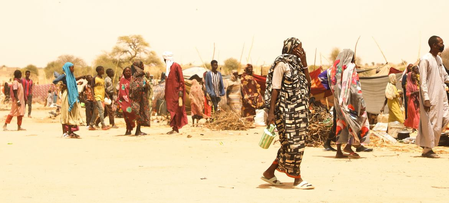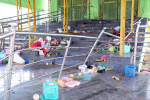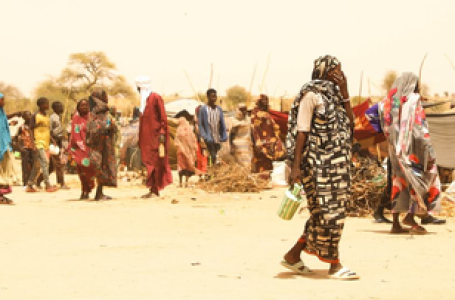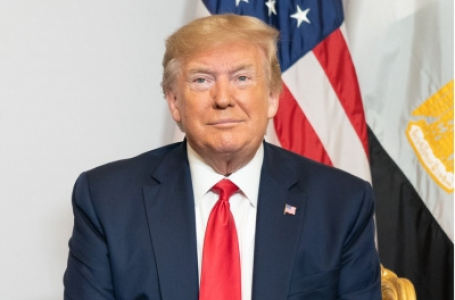
New Delhi: Horrifying reports of mass massacre of innocent people coming from Sudan have once again brought out magnitude of the human cost of brutal conflict that is taking place in the African country, with the world not paying enough attention to the crisis it demands.
The UN has described the situation in Sudan as the world’s “largest humanitarian crisis”. According to reports, so far more than 150,000 people have been killed and more than 14 million displaced by the fighting.
There are videos coming from the land showing “dozens of unarmed men being shot or lying dead, surrounded by paramilitary Rapid Support Forces (RSF) fighters”, according to the UN.
The conflict in Sudan can be traced back to April 2023, when RSF and Sudanese Armed Forces (SAF), once allies, fell with each other as they wanted to control the country’s military and decide its political future.The RSF laid siege to El Fasher and gradually tightened control over the Darfur region’s urban centres.
In a brifing to the Security Council after RSF took El Fasher following an 18-month siege, UN’s relief coordinator Tom Fletcher warned of “credible reports of widespread executions” and house-to-house violence. “Women and girls are being raped, people being mutilated and killed – with utter impunity,” he said.
It is believed that tens of thousands of civilians are still trapped in El Fasher while thousands more are unaccounted for after fleeing the city.
Sudan’s military government has alleged that the UAE was supplying arms to the RSF, but the Gulf emirate has denied the charge.
Addressing a press conference here on Monday, as reported by the Hindu,Sudanese ambassador to India Mohammed Abdalla Ali Eltom said “Sudan is not facing a civil war. We are confronting conspiracies of non-regional actors. The RSF is acting like a proxy foreign powers and a few countries in the region are acting as corridors for arms supply to the RSF.” He also said that the UAE’s weapons are being channelled through Libya and Chad.
In fact there is a risk of the conflict spreading to neighboring countries, like Chad too.
Though efforts are being made to resolve the conflict and bring stability to Sudan, but a lasting solution remains elusive.
There are various historical, cultural, and economic factors in the Sudan conflict. Tension between Arab and non-Arab communities, particularly in Darfur and Kordofan regions, has been brewing for long. It is said that Sudan government’s policies have contributed to ethnic hierarchies and marginalization of non-Arab groups. Besides, the competition to control the country’s land and other natural resources has exacerbated tensions.
Meanwhile, according to a a latest UN report, famine has tightened its grip on Dudan.An IPC food security r report released on Monday said that more than 21 million people across Sudan are facing high levels of acute food insecurity – the largest such crisis in the world.
IPC is a global system used by UN agencies and humanitarian partners to measure the severity of hunger
Famine takes root
The study found that families trapped in El Fasher, North Darfur, and in Kadugli, South Kordofan were surviving on leaves, animal feed and grass.
—India News Stream



















